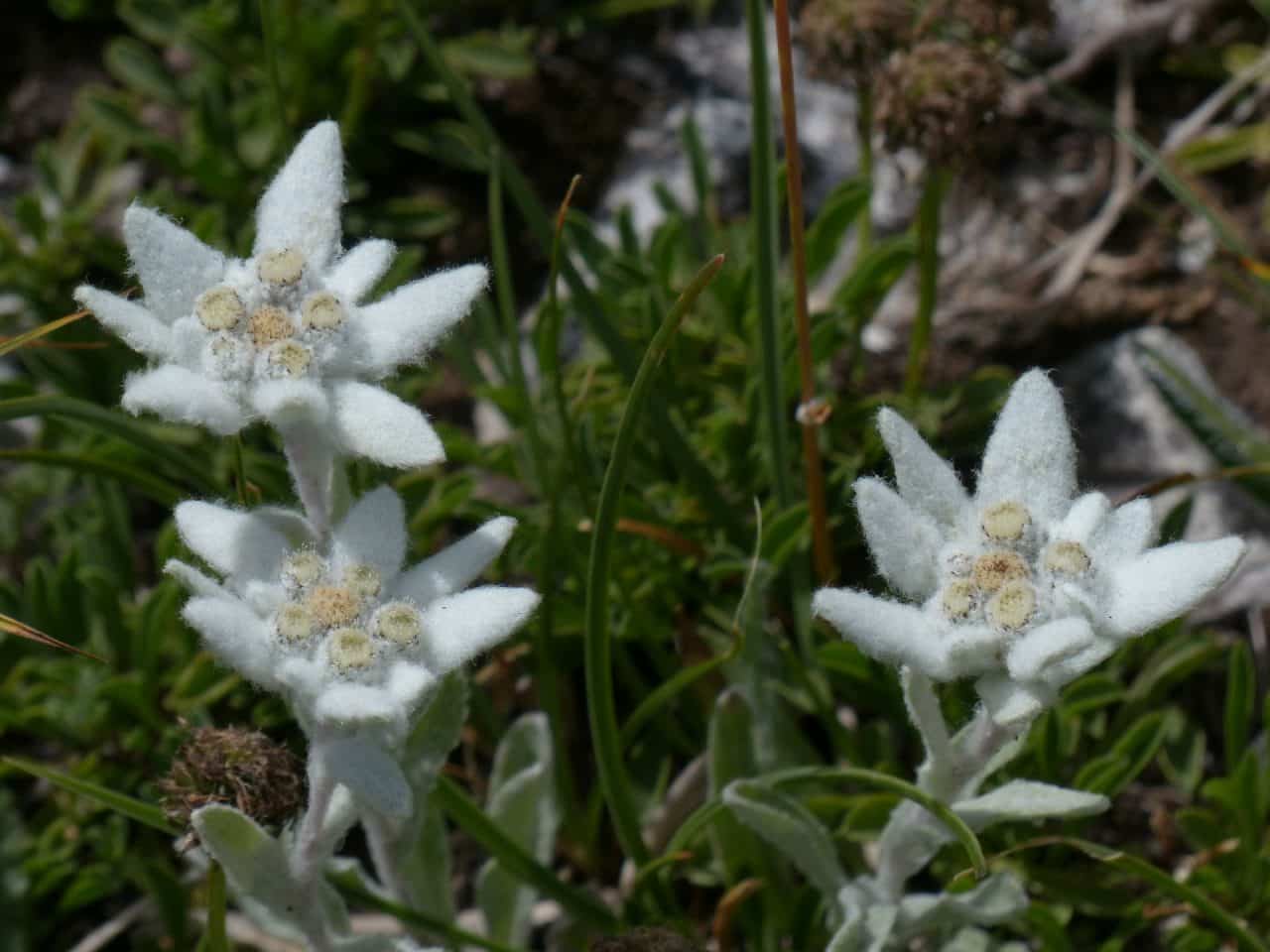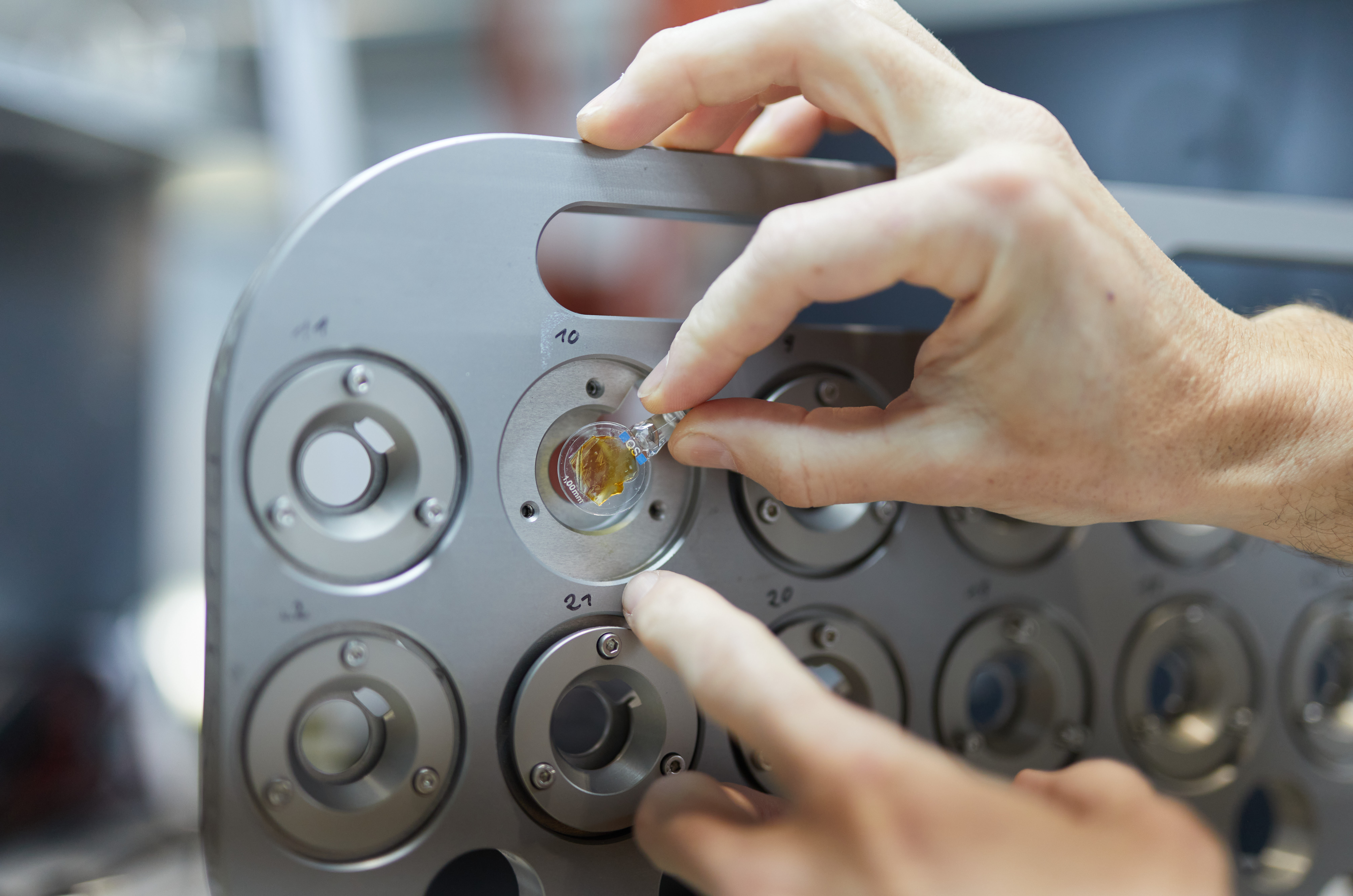
Medical application of extracts from alpine edelweiss has a long tradition in folk medicine. The pharmacist Hermann Stuppner from the University of Innsbruck is researching scientific evidence for their effectiveness. He has already been able to identify over sixty individual substances, including two previously unknown substances – leoligin and edelweiss acid.
The most recent discovery is the substance leoligin, which the researcher discovered in the root of the plant. Experiments have shown that leoligin influences the thickening of vascular walls. This characteristic could be used for clogged arteries. Up until now, medicine has had two options for treating clogged arteries and arteriosclerosis:
- insertion of a stent which widens the arteries;
- the replacement of the blocked artery with a vein from the leg;
The problem with these treatments, however, is that the density of the vascular wall will increase once more within a relatively short time. Stuppner explained that this could lead to a significant reduction in the flow of blood through the arteries within just a year. On the other hand, the use of Leoligin could provide many patients with an effective long-term treatment.
Leoligin has a regenerative effect
The researchers have already succeeded in synthesizing leoligin in the laboratory. This has paved the way for industrial production of it as a medicine. Moreover, about one hundred derivatives have been produced. These are substances that are structurally similar to leoligin which are used for increasing the effectiveness of this substance. Associated research is still in progress.
Previous studies have shown that Leoligin is suitable for the treatment of patients who have suffered a heart attack. In the animal model, the substance was injected directly into the heart muscle and caused regeneration of the heart muscle cells. Experts from six Austrian universities were involved in this study. In the follow-up project, the active substance is to be brought into everyday clinical use. Further information can be found on the link below.
Edelweiss acid is antibacterial and anti-inflammatory
In folk medicine, the medical use of extracts from alpine edelweiss has a well-established tradition. Extracts from various plant parts are used to treat abdominal pain, respiratory diseases and heart conditions – but above all dysentery and diarrhea, Stuppner explains. In an initial approach, Stuppner therefore studied Alpine edelweiss for its antibacterial and anti-inflammatory properties. It is usually inflammations and bacteria that cause diarrhea.
He succeeded in isolating some compounds, substances and botanicals which exhibit antioxidant activity. Among them were many flavonoids. More exciting, however, was the discovery of edelweiss acid, a previously unknown substance contained in the upper white leaves, the bracts. There the edelweiss acid occurs in relatively large quantities. The researchers found up to eight percent of it there.
“Edelweiss acid is a relatively unique molecule and has one of the strongest antioxidant and free-radical scavenging properties when compared to other natural substances. This is most certainly a component that is responsible for the overall effectiveness of the extract when it comes to inhibiting inflammation”.
Leoligin and edelweiss acid are already patented, but not as yet available in medicinal products. Further studies, such as toxicological studies on humans, are necessary to check marketability.
Austrian Medicinal Plant of the Year 2019
Stuppner has been researching the medical effects of Alenedelweiss for twenty years. 2019 is a special year for him: The plant was voted Austrian Medicinal Plant of the Year by the Herbal Medicinal Products Platform Austria (HMPPA). Plants that are granted this status meet the highest criteria in terms of quality.
The HMPPA is a scientific network aimed at the research and development of natural substances and herbal medicinal compounds. In cooperation with partners from science and industry, findings are to be implemented according to the latest scientific standards.
In order to make alpine edelweiss suitable for pharmaceutical use, it has already been domesticated in Switzerland. The resulting Helvetia variety is cultivated systematically in sunny mountain locations in southern Switzerland. Its advantages are homogeneous growth and active ingredient content, concurrent flowering and good yields.
Interdisciplinary research
In order to isolate, identify and describe individual active compounds, Stuppner collaborates with various other interdisciplinary research teams. In the first step, plant compounds from cultivated alpine edelweiss are dried and crushed. The substances are absorbed using a solvent such as pure alcohol. The alcohol is then gently evaporated by vacuum distillation. What remains is the concentrate of the plant ingredients. This is first tested in relatively simple models. For example, microtiter plates are used to test for antibacterial activity. Additionally, the researchers are trying to isolate individual components from the biologically active extract and find those components which are responsible for this specific activity. The plant extract is a complex mixture of compounds. In order to obtain individual compounds in pure form, various isolation methods such as column chromatography are used.
Also interesting:
5-Methoxyleoligin –Substance from Edelweiss flower saves heart attack patients







